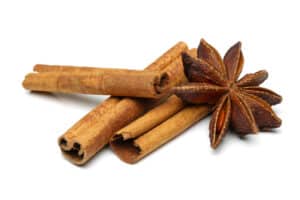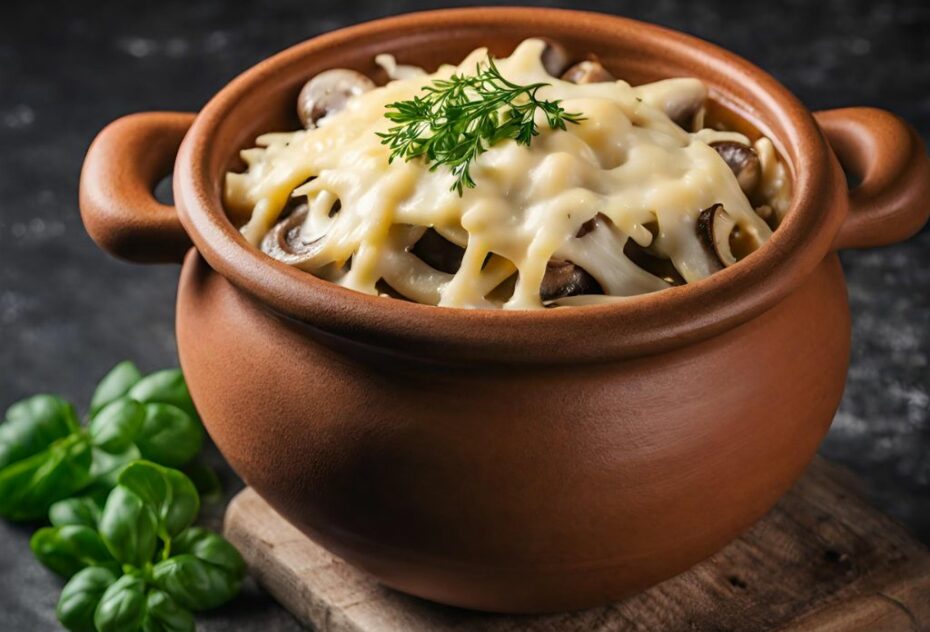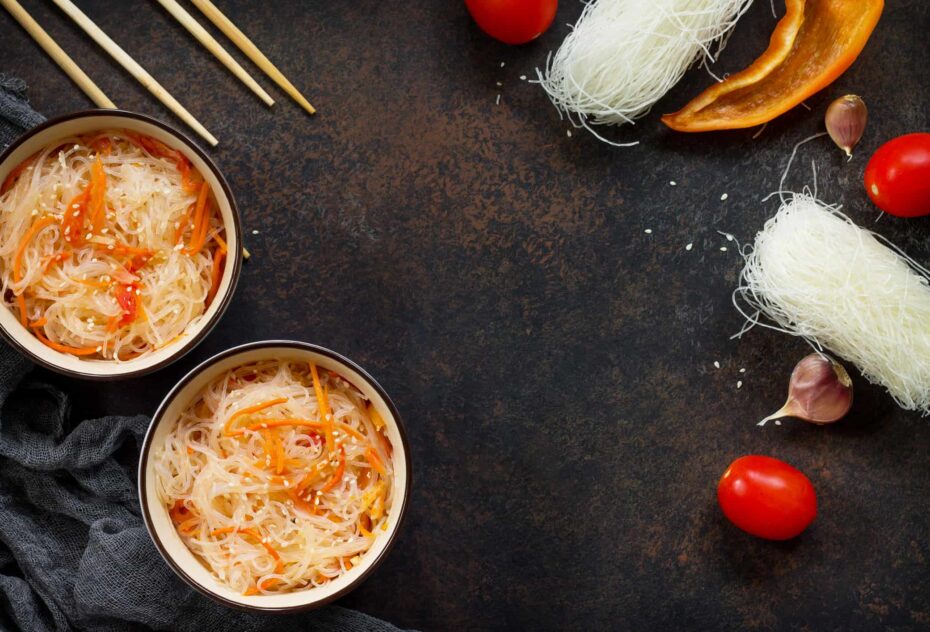Anise Herb – Anise Seed, Oil, Plant and Tree Information
- by Yelena Bred
- March 22, 2024
- 0
- 63
Scientific Name: Pimpinella anisum
Anise herb is native to Egypt, Greece, Crete and Asia Minor. Pythagoras believed that just holding the anise plant could prevent epileptic seizures. Leaves are aromatic and finely divided. Its popularity has declined in recent years due to the use of cheaper flavorings. Anise Oil is used in perfumery, tobacco products and pharmaceutical products as well as in baked goods, mouthwashes and toothpastes. Most licorice candy does not contain licorice due to toxicity problems but instead gets its flavor from anise oil.
Uses of Anise

Anise is sweet, warming, stimulant, bronchial aid, expectorant, antispasmodic, carminative, parasiticide, aromatic, antiseptic, tonic. Considered stimulant for heart, liver, lungs and brain. Has a mild hormonal action which is mostly estrogenic.
Anise oil stimulates the flow of digestive juices in the stomach and intestines; increases the efficiency by which fats are broken down into fatty acids.
Anise Seeds are used in sleep pillows for bad dreams and insomnia.
Anise Tea used as a memory stimulant.
Tincture used as a gargle for bad breath.
Cotton soaked with anise oil is used to fill decayed tooth cavities to alleviate pain.
4 capsules (size 00) taken per day for ulcers OR 1 to 2 cups tea daily OR a few seeds are chewed.
Anise Herb Said to relieve hangover.
It is a good herb for children for upper respiratory problems and flatulence. Tea good for headcolds taken 3 times daily.
For colds in infants: 2 oz. bruised seeds covered with 2 cups boiling water and steeped 15 minutes; cool, then strain; give to infant in teaspoon doses upto 1 year of age and upto 3 tsps for children 4 years and older.
As a warming Anise herb used in cases of chills and inflammations.
Used for stomach problems and nausea (Anisette liqueur works well).
Anise is used in cases of infant colic, children’s stomache and bowel complaints.
Combined with equal amounts of fennel and caraway for colic (also used as an intestinal puifier); combined with peppermint for adult colic (peppermint NOT be used on young children); combined with caraway for flatulence; combined with black cherry (Prunus serotina) for tracheitis; combined with 1 to 2 ml wild lettuce (Lactuca spp) for dry coughs; for bronchial problems is combined with one or more of horehound, coltsfoot, lobelia inflata, skunk cabbage (Symplocarpus foetidus); oil often mixed with oil of Eucalyptus globulus as a chest rub for respiratory problems; combined with 2 to 3 ml thyme or hyssop for infections.
Warm tea taken orally or in enema used for intestinal gas.
For hiccups and coughs either a few seeds are chewed or else gargle with the tea.
Useful for nagging coughs, dry coughs, whooping cough, persistant irritable bronchial coughs, bronchitis, tracheitis, bronchial asthma; also used as a chest rub for bronchial problems.
An infusion of Anise is used for bronchial and upper respiratory problems. The liqueur is used for bronchitis and asthma. For head colds with clogged nostrils and throat, difficult breathing, aching sinuses, an infusion is made with honey or lemon and taken 3 or 4 times daily when cold is at its worst.
For bronchitis: Infuse 1 oz. of seed in 1 pint of boiling water and skim off the oil which rises to the top; mix with one to 4 parts of wine and take 6 drops in a wineglassful of hot water; will also help to encourage sleep.
Seeds are also smoked for respiratory complaints.
The Ayurvedic “trikatu” is taken as a natural antihistimine and is also added to other herbal combinations which are used for the same purpose. (Trikatu = 1 part powdered black pepper, 1 part powdered ginger root, 2 parts powdered anise seed; combine and add a little honey to form a paste; dose is 1/2 tsp 3 times daily before meals.
Good decongestant for children.
Standard decoction of the roots has been used for fever.
Used for female problems: used to promote milk, regulate periods, ease birthing, allay menopause symptoms. Infusion used for delayed menses.
Tea taken before bedtime is sipped by nursing mothers to improve lactation.
Anise oil is used for destroying lice, scabies and itching insects; often used in ointment form. Oil often mixed with oil of Sassafras albidum for skin parasites. For LICE combine 1 part of anise oil with 3 parts of olive oil; rub into hair; wrap hair in plastic wrap and leave in place 2 hours; shampoo thoroughly and use fine comb to remove any remaining eggs; repeat 1 or 2 times during the next 10 days.
Combined with laxative herbs (cascara, buckthorn, rhubarb) in order to prevent griping caused by those stronger herbs. Warm tea of anise is also used for cramps.
Either warm tea or chewing a few seeds is used for dizziness, vertigo and motion sickness. Chewing a few seeds also used for edema and insatiable thirst.
Warm tea used to prevent vomiting. Also said to be helpful in epilepsy.
Anise seed improves digestion; is beneficial to liver and circulation. Warm tea taken to improve appetite.
For coughs, bronchitis and asthma: Tincture of Anise = crush a handful of seeds and steep in 1 pint of brandy for 2 weeks; strain. Use 1 tsp in 1 cup of hot water OR use Anisette liqueur (several tsps in warm water for a hacking bronchial cough or to help with an asthma attack).
Anise Oil and seed is used to loosen phlegm, for hard dry coughs, for coughs and colds, for tracheal irritations and spasmodic coughs.
Infused seeds (tea) of anisa are a natural antacid used for nausea and abdominal pain, to aid digestion and to prevent and treat flatulence.
Used for low blood pressure: 4 to 5 size 00 capsules per day filled with powdered seeds.
Anise is used as an eyewash in a weak tisane of 1/2 tsp ground seed steeped in 1 pint water.
Ayurvedic medicine uses it in combination with other herbs as an enema in cases of nervous disorders, constipation, distention, lower back pain, gout, rheumatism, sciatica, arthritis, chronic fever, colds/flu, sexual disorders, kidney stones, heart pain, neck pains, hyperacidity, nervous headache, muscular atrophy.
Disclaimer
The information, including but not limited to, text, graphics, images and other material contained on this website are for informational purposes only. No material on this site is intended to be a substitute for a professional medical advice, diagnosis or treatment.
Always seek the advice of your physician or other qualified health care provider with any questions you may have regarding medical condition or treatment and before undertaking a new health care regimen, and never disregard professional medical advice or delay is seeking it because of something you have read on this website.




